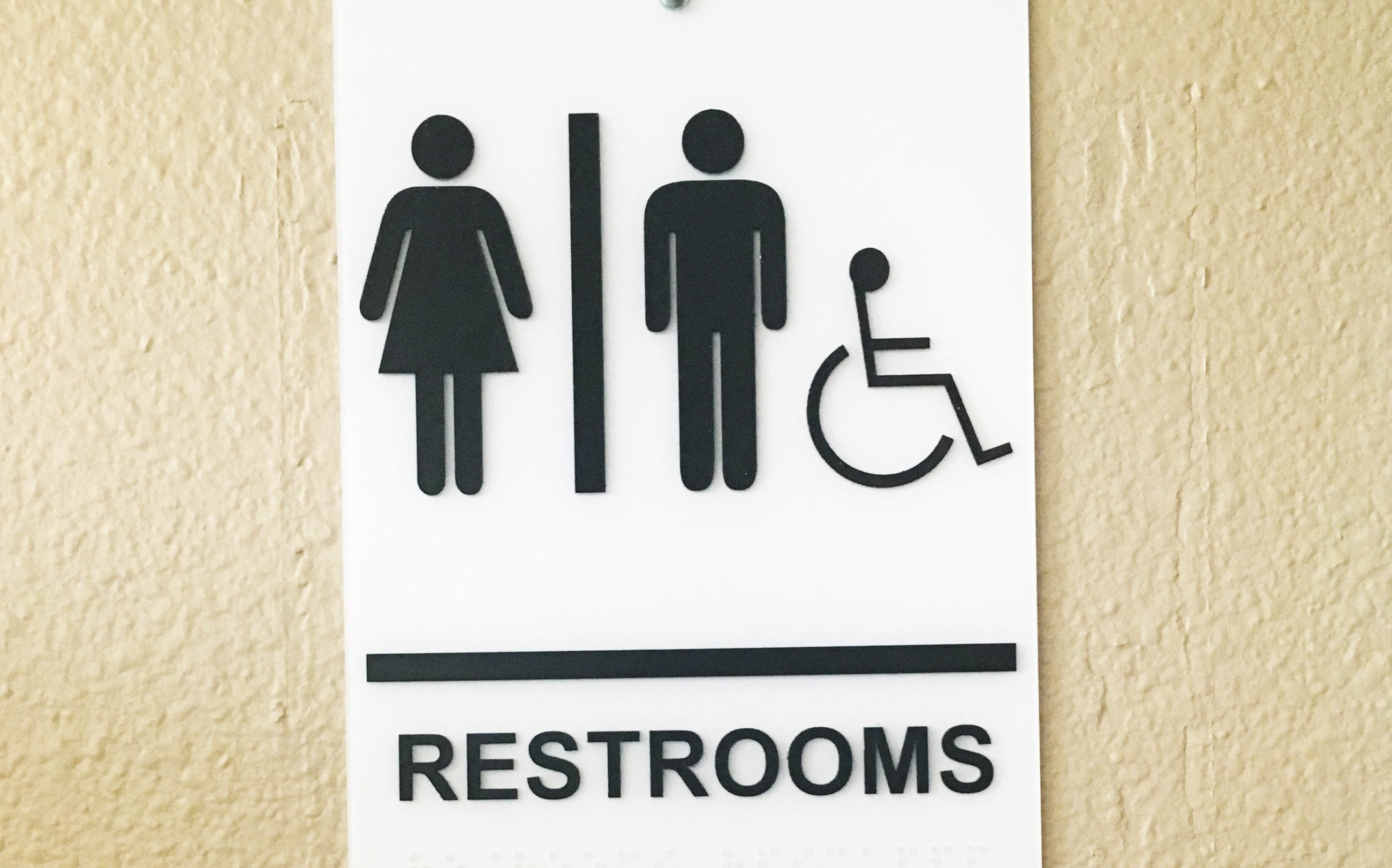Restricting Access Based on Gender Identity Won’t Protect People from Sexual Assault
Written by Kelly White
Bathrooms have become a very hot topic in the Texas Legislature and beyond. Protecting youth from potential sexual predators is the rationale often cited in defense of limiting an individual’s right to use public facilities (particularly bathrooms) to correspond with the gender identity they were assigned at birth.
Why does this matter to The SAFE Alliance, and what is the reality?
A primary component of SAFE’s mission is to end sexual assault and exploitation, and we support measures that protect individuals from the horrors of victimization. However, facts and our experience tell us that restricting transgender bathroom use doesn’t equate to protection from sexual assault. In fact, decades of research contradict this assertion:
93 percent of juvenile sexual assault victims know their attacker.
70 percent of sexual assaults are committed by a perpetrator known or related to the victim.
84 percent of sexual victimization of children under age 12 occurs in a residence. Even older children are most likely to be assaulted in a residence – 71 percent of sexual assaults on children age 12-17 occur in a residence.
So, quite simply, when youth are sexually assaulted it most often happens in a home by someone they know.
Whereas, “[f]orcing transgender people into facilities inconsistent with their gender puts them at significant risk of violence. Transgender women are 60 percent more likely to experience physical violence and sexual violence than other survivors.” Those denied access to a school bathroom or other facility due to being transgender are 1.45 times as likely to have attempted suicide at some point in time compared to those who were not denied access to a school bathroom or facility.
The transgender youth and adults with whom we work have often experienced unimaginable horrors. Respecting and honoring their gender identity is one of the first steps we take in helping them to heal from lives of trauma and abuse.
In the words of one transgender youth living at Austin Children’s shelter, a program of SAFE:
“This is the first place I have ever felt safe. I feel accepted by everyone, including the other kids. Thank you.”